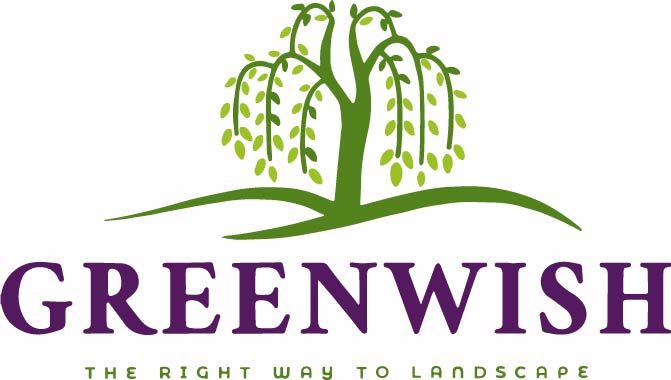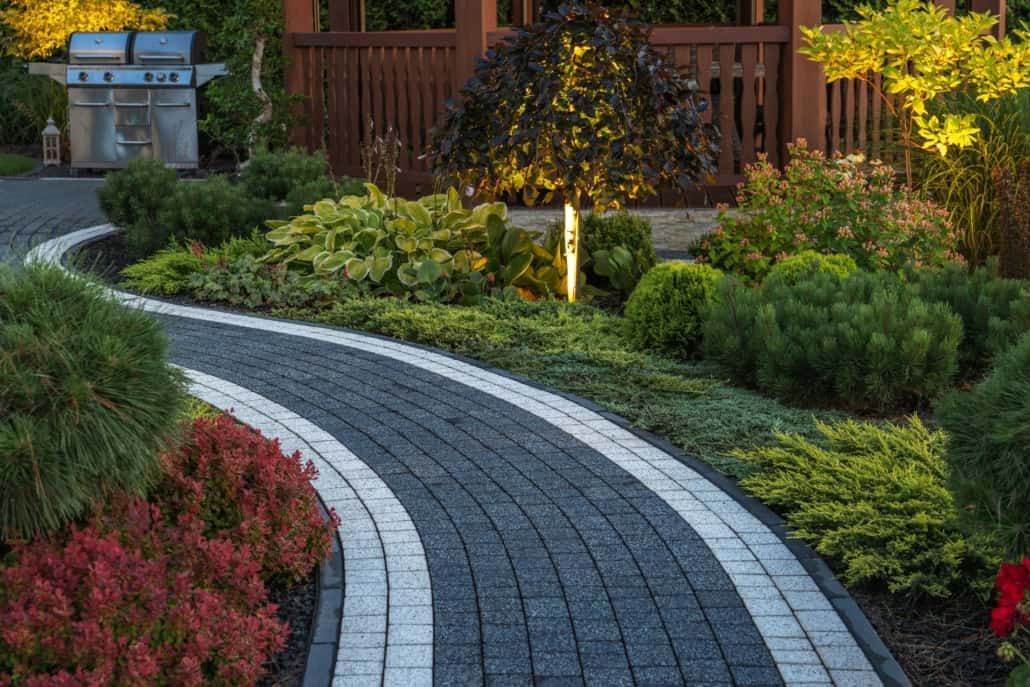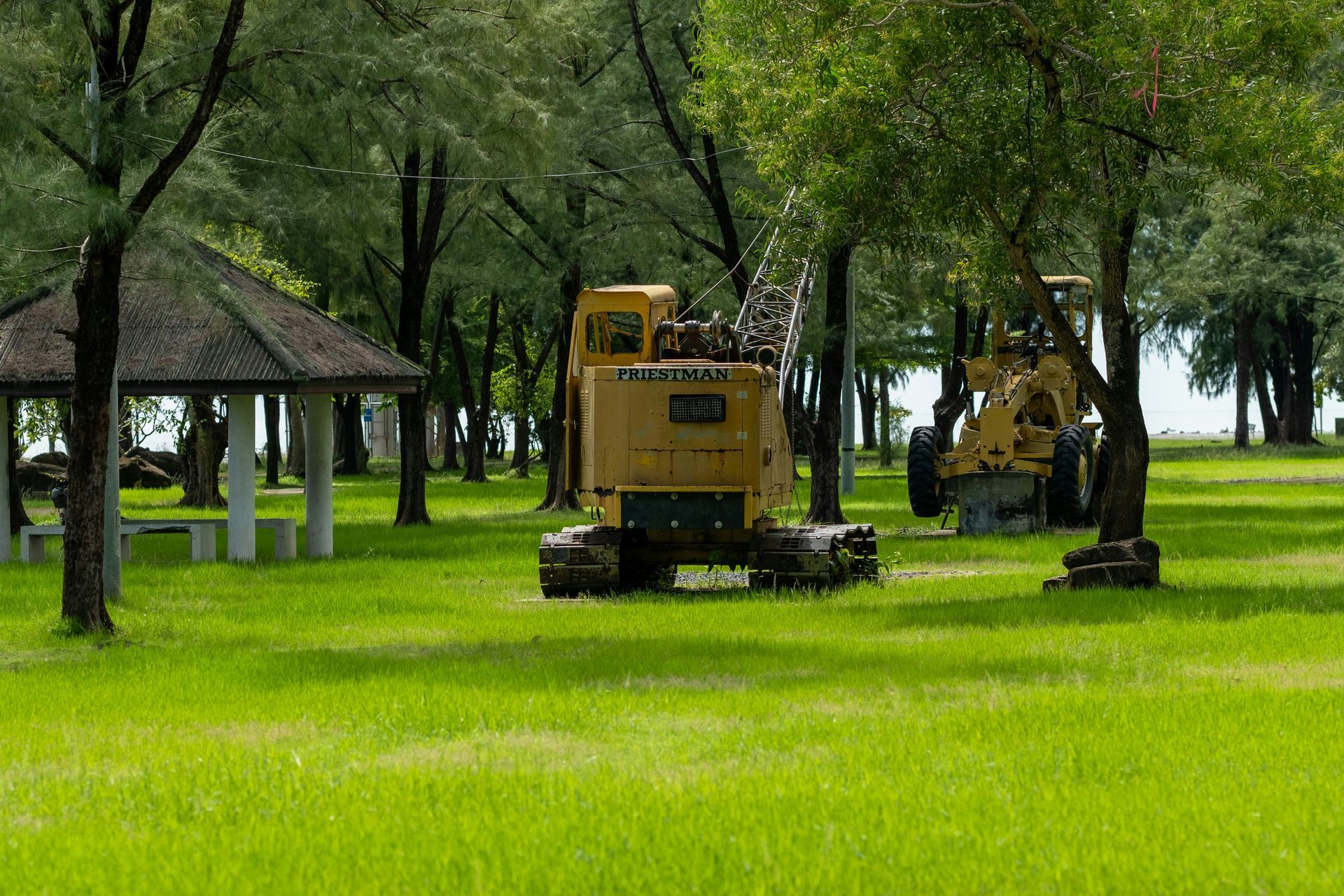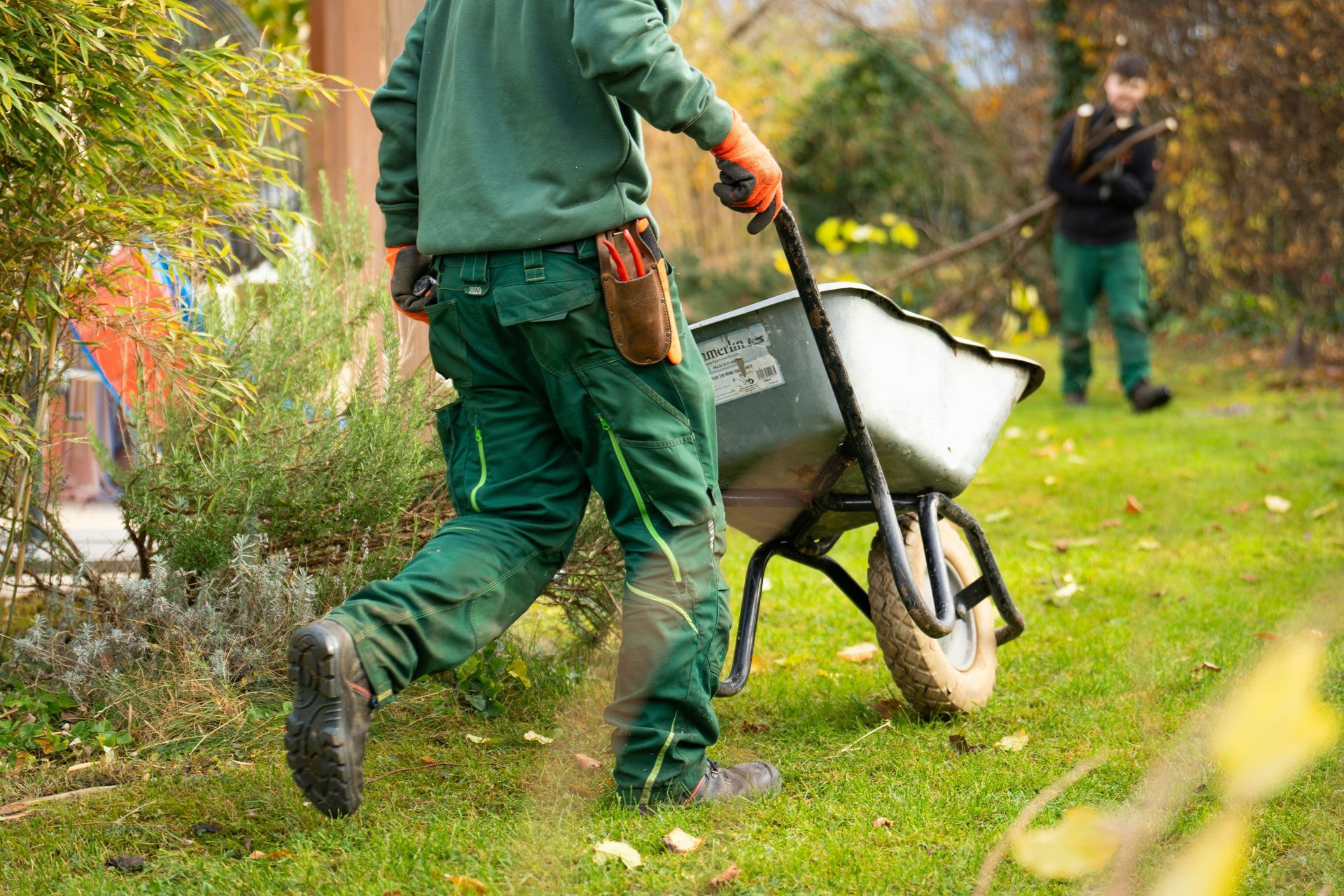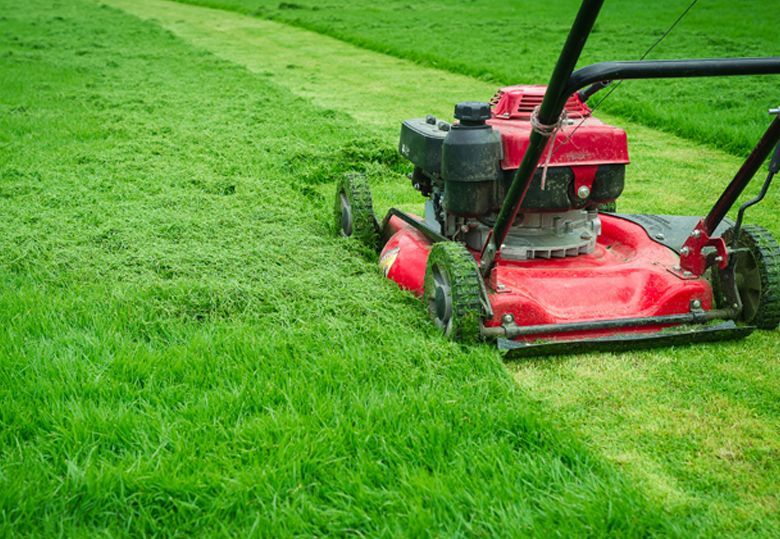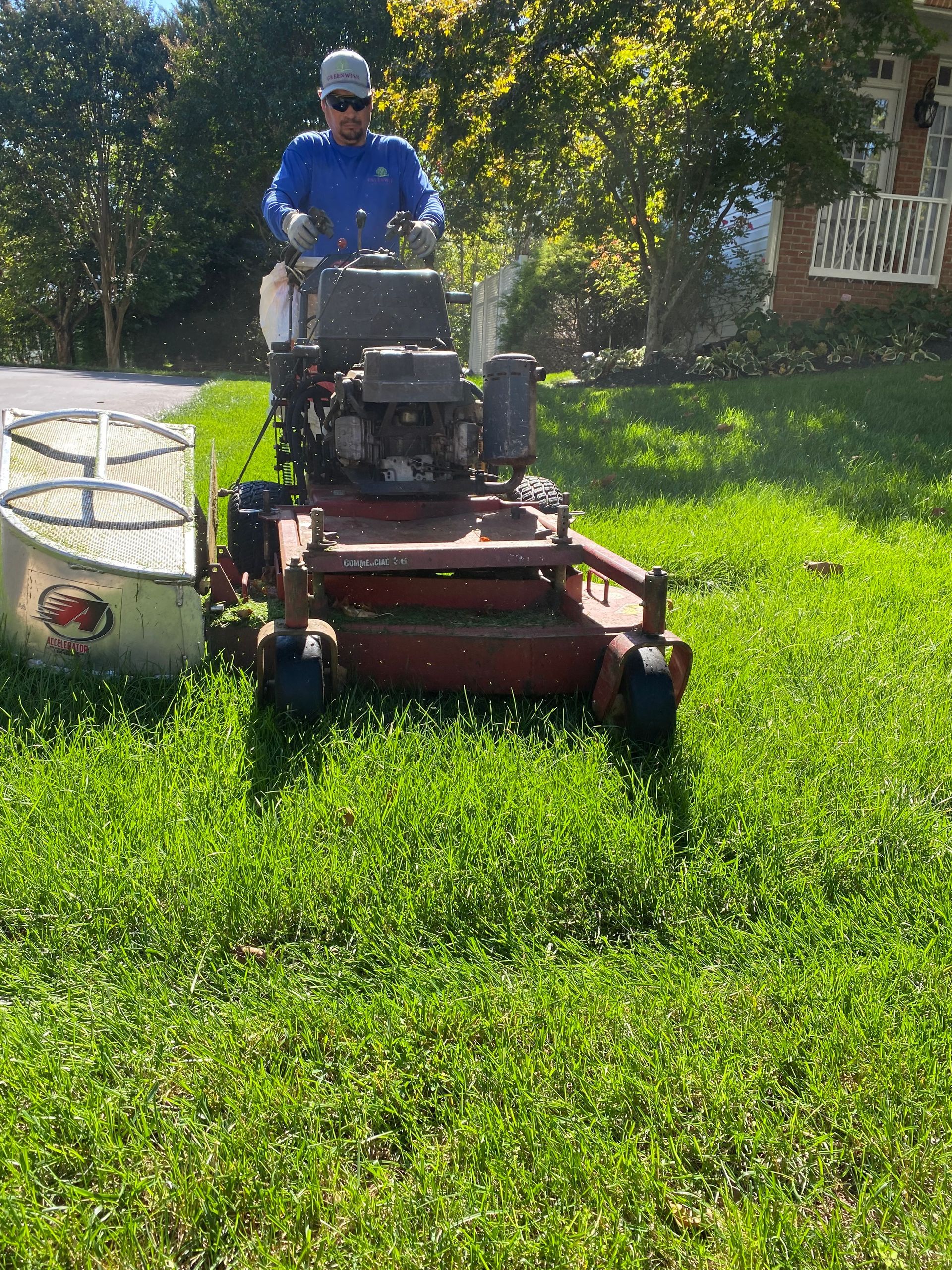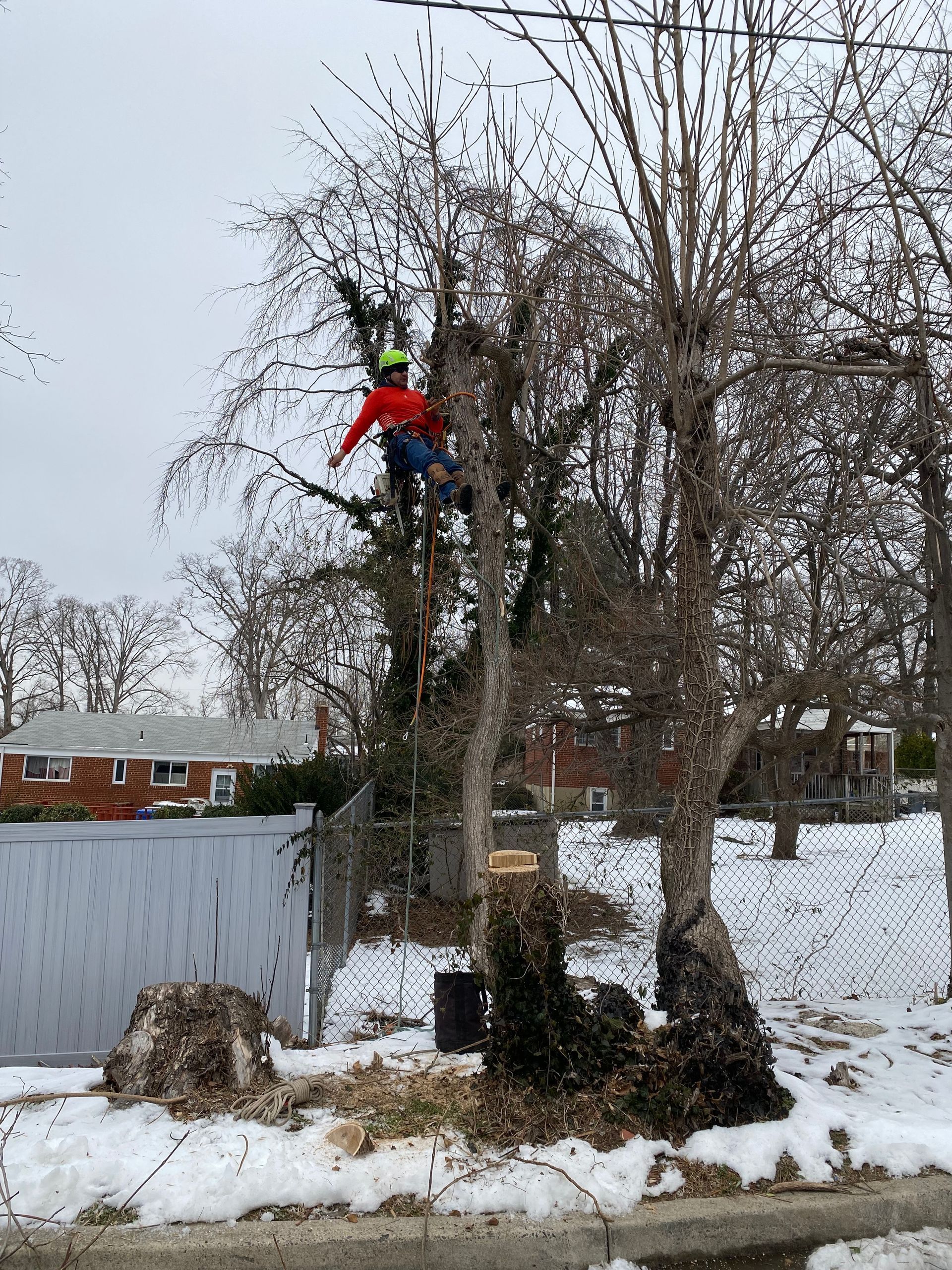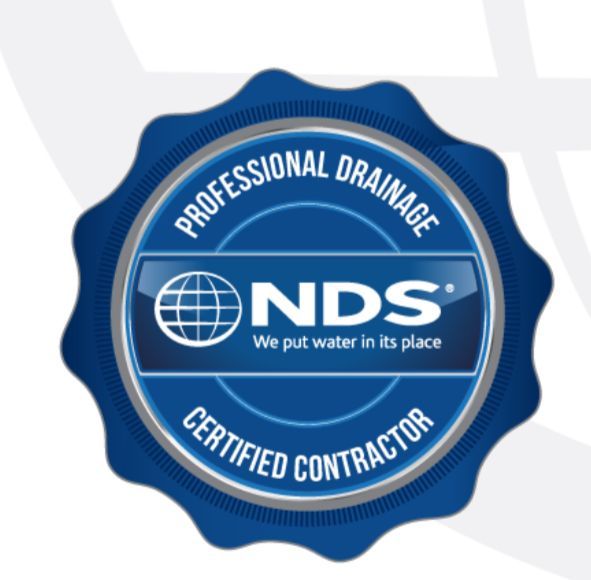What Is Hardscaping? Meaning, Types, Benefits & How It Differs from Landscaping
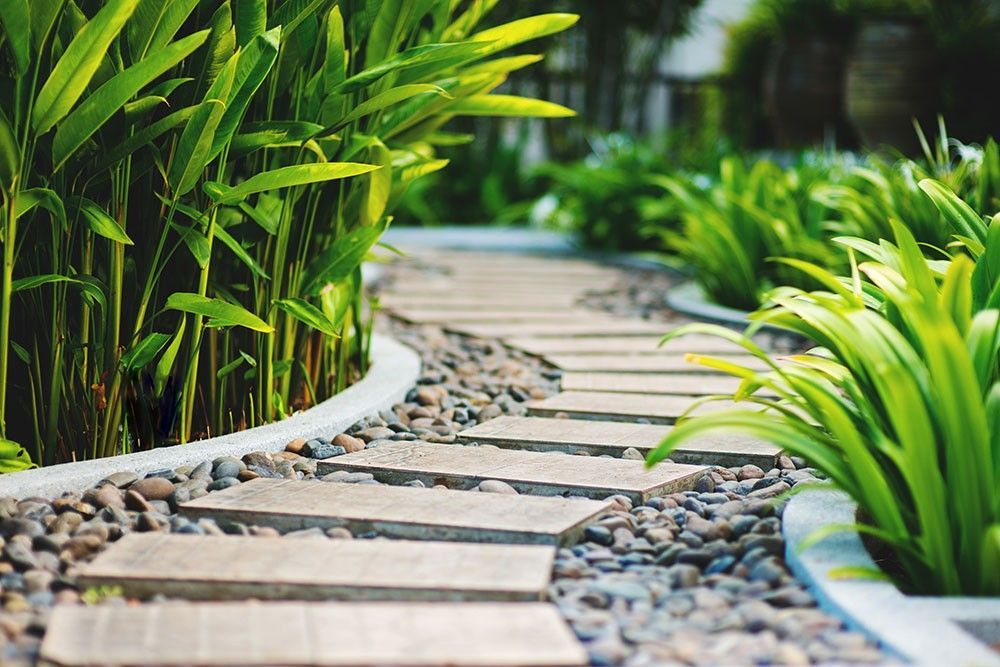
Picture your dream backyard for a second. Can you feel it? Maybe it's that velvety grass under your bare feet; flower bursts so bright they make you grin, or a meandering stone path that whispers, "Come wander…" Then there's that cosy patio corner where your coffee tastes better, and the sunlight feels just right. This magic? It doesn't happen by accident.
Hardscape Definition
Hardscaping uses non-living elements in landscape design, such as stone, concrete, metal, wood, and brick, to build structures or decorative elements in outdoor spaces.
These solid, permanent features contrast with plants and grass (called softscape). Think patios, retaining walls, pathways, decks, pergolas, fire pits, fountains, and even gravel walkways.
What is hardscaping?
Hardscaping is the secret sauce—the foundation of your outdoor sanctuary.
Let's be real—when most of us daydream about yards, we're all about the plants. The roses! The hydrangeas! The towering ferns! But here's the thing: without hardscaping, it's like a cake without layers. The frosting (hello, greenery!) is glorious, but you need structure. Texture. Places to live in that space.
So…What Even Is Hardscaping?
Consider it the foundation of your yard. It comprises the non-living elements that lend your garden purpose and personality: patios for summer BBQs, retaining walls that transform a sloped yard into a usable space, fire pits for gloriously charred marshmallows, paths that lead your barefoot adventures, and even a sleek water feature that muffles noisy neighbors. It represents functional art—shaping how you move, relax, and connect with your environment.
Why Fall in Love With Hardscaping?
Less Work, More Lounging
Let's face it—gardening is high-maintenance. Hardscaping? Once it's in, it's done. There is no watering, pruning, or fretting over frost. Your time is spent sipping lemonade, not pulling weeds.
Your Yard, But Bigger
Sloped land? Tight space? Hardscaping cheats the eye. Tiered walls create flat zones for planting or seating. A winding path makes a small yard feel like a journey. Vertical gardens or overhead pergolas steal zero square footage but add loads of charm.
Chaos, Meet Calm
Have you ever seen a yard that feels…cluttered? Hardscaping adds rhythm. A stone patio defines a "hangout zone," while a gravel border tames wildflower beds. It's like organizing a room—suddenly, everything has its place.
Boost That Curb Appeal
Translation: Your house just got hotter. A sleek walkway or modern water feature isn't just pretty—it's an investment. Future buyers? They'll mentally move in before they even see the kitchen.
Difference between landscaping and hardscaping?
Landscaping
is the living, breathing elements—trees, shrubs, and that ambitious veggie garden. It's soft, growing, and ever-changing.
Hardscaping
is
the sturdy, unchanging framework. Stone, wood, concrete. It's what you
build
to make the green stuff shine.
They're soulmates. Imagine a pergola without wisteria vines twisting overhead—lonely. Or a flowerbed without a bordering stone edge—messy. Together, they're pure harmony.
How does Hardscaping Differ from Landscaping?
Hardscaping vs. Landscaping (Softscape)
Understanding the difference between hardscape and softscape can help you plan a balanced, functional, and beautiful outdoor space.
1. Elements
Hardscaping: Involves non-living materials such as stone, wood, metal, concrete, and bricks.
Softscaping: Focuses on living elements like plants, grass, flowers, shrubs, and trees.
2. Maintenance
Hardscaping:
- Low maintenance
- Occasional power washing or sealing may be needed.
Softscaping:
- High maintenance
- Requires regular watering, trimming, fertilizing, and seasonal care
3. Functionality
Hardscaping:
- Provides structure and defines layout
- Enhances space usage and accessibility (e.g., walkways, patios, steps)
Softscaping:
- Adds natural beauty, color, and movement
- Contributes to cooling effects and supports local biodiversity
4. Lifespan
Hardscaping:
- Long-lasting; typically 10–50+ years, depending on materials and maintenance.
Softscaping:
- Shorter lifespan: 1–10 years based on plant type, climate, and care
5. Cost
Hardscaping:
- Higher initial investment
- Lower maintenance costs over time
Softscaping:
- Lower upfront cost
- Potentially higher long-term costs due to ongoing care and replacements
Hardscaping Ideas to Steal (No Shame!)
Secret Garden Vibe
Arched stone pathways, tucked-away benches, and perhaps a tiny fountain hidden behind ferns. Whimsy, unlocked.
Fire Pit Feels
Gather the crew. Roast s'mores. Tell spooky stories. A fire pit is pure nostalgia in concrete or stone.
Vertical Everything
Stacked stone walls, hanging planters on fences, or a living wall of succulents. Perfect for tiny yards.
The "Outdoor Room"
A pergola with string lights, an outdoor rug, and comfy cushions. Add a pizza oven? Now you're living.
But… Don't Go Rogue
A word to the wise: hardscaping needs a plan. That Pinterest-worthy patio will flop if water pools every time it rains. Think it through—drainage, sun patterns, and how you will use the space. When in doubt, chat with a pro. A little upfront planning saves headaches (and cash) later.
Types of Hardscape Elements
Hardscaping can be as subtle as stepping stones or as grand as an outdoor kitchen. Here's a breakdown of major types of hardscape features, with real-world examples and functional tips:
Structural Hardscape Elements
These define your space and help organize your yard.
- Patios
- Usually made of pavers, stone, brick, or concrete.
- Great for dining, lounging, or a social space.
- Example: A flagstone patio with a fire pit as a centerpiece
- Decks
- Typically made from wood or composite materials.
- Elevated platforms for relaxing or entertaining
- Example: A wooden deck with built-in seating overlooking a garden
- Retaining Walls
- Used to hold back soil on sloped properties.
- Prevents erosion, adds levels, and defines planting zones.
- Example: A tiered wall with flower beds built into it
- Pergolas & Gazebos
- Provide shade and structure to an outdoor room.
- Great for climbing plants or string lights
- Example: A pergola-covered patio with wisteria climbing the beams
Pathways & Surfacing
It helps guide movement while adding elegance.
- Walkways
- Connect different parts of your yard.
- Materials include gravel, stepping stones, or stamped concrete.
- Example: Stone walkway through a flower garden.
- Driveways
- It is functional but can also enhance curb appeal.
- Paver driveways offer both strength and style.
- Example: Cobblestone driveway lined with flower beds
- Stepping Stones
- Low-impact, budget-friendly, and creative
- Example: Irregular slate stones set in grass
Decorative & Functional Features
It's not just pretty but purposeful.
- Fire Pits & Fireplaces
- Enhance your outdoor living space.
- Enjoy gatherings, storytelling, and bunches of laughs.
- Example: Circular fire pit area with built-in stone benches
- Water Features
- Add atmosphere and peace.
- Ponds, waterfalls, reflecting pools, and fountains.
- A stone waterfall that empties into a koi pond is an example.
- Fences & Walls
a. Provide privacy, safety, and visual borders.
b. Materials: wood, wrought iron, composite, stone
c. Example: Horizontal cedar fencing around a backyard garden
- Outdoor Kitchens & BBQ Islands
a. Ultimate in luxury outdoor living
b. Encloses grill areas, sinks, storage, and bar tops
c.
Example: Stone kitchen with granite countertops under a pergola
Benefits of Hardscaping (Beyond Beauty)
A beautiful yard is great, but hardscaping does more than look good. It solves problems, enhances lifestyles, and even adds financial value.
Practical Advantages
- High Convenience, Low Maintenance
- Despite their beauty, plants require a lot of maintenance.
- You may have the elegance of hardscaping without ongoing maintenance: no seasonal worry, mowing, or watering.
- Concrete patios, timber decks, and stone pathways maintain their beauty with the occasional reseal or rinse. This will benefit your water bill and your weekend.
Built to Last
- Hardscape elements are robust in addition to being aesthetically pleasing.
- High-quality materials like natural stone or treated wood are built to last, regardless of the weather conditions—blazing sun, torrential rain, or high foot traffic.
- When properly installed, they won't break, sink, or move, providing a stunning, lasting area.
Reduced Erosion and Smarter Drainage
- Have a yard that becomes moist after every rainstorm or sloped ground? Hardscaping is advantageous.
- Retaining walls keep the soil in its proper place, and water can pass through pavers or gravel pathways rather than collecting.
- The protection of your plants, your foundation, and your peace of mind is more important than simply avoiding mess.
Everyone Can Access It More Easily
- A well-designed hardscape makes it easy for everyone to enjoy your outside area.
- Whether carrying a stroller or assisting a loved one with restricted mobility, it is easy to navigate thanks to the smooth paths, soft steps, and strategically placed ramps.
- Even after dark, your yard remains welcoming with the addition of a railing or some path lighting.
Aesthetic & Lifestyle Benefits
Increased Property Value
- An aesthetically designed hardscape instantly enhances curb appeal and makes your home adorable.
- Buyers love low-maintenance outdoor areas that require less effort, and retaining walls are valuable additions that offer long-term use.
Outdoor Living All Year Round
- Even in the cooler season, create cozy looks around the fire pit, outdoor sitting area, and heater.
- Pergolas, pavilions, and shade sails offer shelter from the sun and light rain, making summers more enjoyable.
- It transforms your backyard, outdoor kitchen, and flooring into an aesthetic style.
Customized Expression
- Choose materials, layouts, and finishes that match your preferred aesthetic—modern, rustic, Mediterranean, or tropical.
- Incorporate artistic elements like stone mosaics, textured concrete, or unique lighting for a personalized touch.
- Hardscape lets your creativity shine through in functional, visual ways.
Flow & Function
- Hardscape design helps define zones—dining, relaxing, play—so your yard feels organized and intuitive.
- Directs movement naturally with pathways, steps, and visual cues.
- Encourages more time spent outdoors by making spaces feel purposeful and inviting.
Home Décor Ideas for Your Yard
Think of your outdoor space as an extension of your home:
- Hardscape is like the foundation, walls, and furniture—it provides structure function, and defines the layout.
- Softscape is the paint, curtains, and décor—it adds color, texture, and life through plants, flowers, and greenery.
Like indoors, the magic happens when both work together, creating a balanced, beautiful, and livable outdoor environment.
Easy Guidelines to Create an Aesthetic House Look
Before you start laying bricks or digging holes, plan smartly.
Your 5-Step Hardscaping Game Plan
Inspect the Yard
- Sunlight sleuthing: Where's the morning glow vs. afternoon blaze? Plants and patios need VIP seating.
- Slope & drainage check: Does rain turn your yard into a mini lake? Note the soggy spots.
- Dream big but realistic: Will this space host raucous BBQs, toddler chaos, or you sipping wine solo? Be honest.
Pick Your Style
- Crush-worthy features: A fire pit for s'mores, a dining patio for taco Tuesdays, or a zen fountain for stress relief?
- Budget like a pro: Spoiler—hardscaping costs more than a pizza night. Prioritize what you'll use daily.
Mix & Match Design
- Texture tango: Pair rough stone with smooth wood—think "cozy cabin meets modern chic."
- Color crush: Stick to 2-3 hues max. No one wants a clown car of colors crashing into their zen garden.
Add Natural Touch
- Material matchmaking: Use local stone or reclaimed wood—it'll vibe with your garden like they're dating.
- Soft edges rule: Tuck flowers between pavers and let ivy crawl walls. Hardscape shouldn't scream, "I'm man-made!"
Build for the Future (Not Just Next Summer)
- Timeless > trendy: Skip the neon-painted gravel. Classic stone = still cool in 2035.
- Life-proof it: Are you planning to have kids, pets, or grandkids? Design now to avoid the "Oops, we need a bigger patio" later.
Hardscaping Oops! Don't Make These Mistakes
Skipping Drainage = Flood Zone
- Oops, the result: Your fancy patio turns into a kiddie pool. Plants drown. Foundation? Soaked.
- Improve drainage by grading slopes, adding drains, or using permeable pavers. Water will go where you want it.
Cheaping Out = Wallet Regret
- Uh-oh, the outcome: Disintegrating pavers, weathered wood, and cracks that cause Aunt Karen to trip.
- Invest upfront in quality materials like stone and treated wood. It's like buying good jeans—they last forever.
Ignoring Plants = Cold, Sad Vibes
- Oops result: A stark concrete slab that resembles a parking lot, lacking any coziness.
- Frame patios with lush shrubs and let vines embrace pergolas. Nature softens the edges.
Overbuilding = Concrete Prison
- Oops, the result: A yard that feels like a hospital courtyard. No green, no soul.
- Fix it: Leave breathing room! 60% hardscape, 40% plants/lawn. Balance = bliss.
Pro Tips & Trends in Hardscaping
Hardscaping is evolving! Keep your space current with these ideas:
Hardscaping Hacks That Make Your Yard Work For You
Eco-Friendly Swaps
- Reuse and recycle: Build with reclaimed wood, old bricks, or permeable pavers (they let rain soak into the soil—no more puddles!).
- Win-win: Less waste for the planet + a yard that oozes charm (rustic or modern—your call).
Tech Meets Nature
- Smart gadgets include LED lights that illuminate pathways, motion sensors for enhanced safety, and a water fountain you can control with your phone.
- Save energy and look cool: Technological upgrades make your yard more user-friendly and reduce your bills.
Level Up Your Space
- Tiered patios: Split your yard into "ones," a raised deck for dinners, and a sunken corner for campfire nights.
- No walls needed: Keep the vibe open but organized. (Bonus: It feels bigger!)
Zen Garden
- Less clutter, calmer: Gravel " rivers," smooth stones, bamboo screens, and soft lighting.
- Tiny yard? No problem: Transform even a balcony into a tranquil retreat for morning coffee or yoga.
Outdoor Rooms = Next-Level Living
- Take the couch outside: Weatherproof rugs, comfortable sectionals, fire pit tables, and blankets for stargazing.
- Hosting hack: Works in summer and winter—add string lights for instant coziness.
Why Hardscaping Actually Matters
Think of your yard like a house:
- Hardscaping = the foundation: The patios, paths, and walls shape your space.
- Landscaping = the décor: Plants and flowers are the pillows and art—they make it pretty.
Together, they're magic. A well-planned hardscape means:
- Less mess: No mud tracked indoors, no flooded gardens.
- More living: Spaces that fit your life (taco nights, kids' play zones, quiet reading nooks).
- Boosted value: A yard that's functional and gorgeous? Hello, curb appeal.
Final Thoughts:
Why Hardscaping Is the Backbone of Landscape Design
Hardscaping is the rhythm, and landscaping is the rhythm. It grounds the space, gives it purpose, and ensures the melody of greenery flows smoothly. Whether building from scratch or refreshing a tired backyard, investing in thoughtful, well-designed hardscape elements will pay off in function, beauty, and peace of mind.
And the best part? Once it's done. No wedding. No mowing. Just relaxing.
So next time someone asks, "What is hardscaping?" You'll know it's not just stones and slabs.
Its structure. It's the story. It's serenity.
FAQs
What do you mean by hardscaping?
Think of hardscaping as the bones of your yard—the solid, built elements that give it shape. Patios, stone paths, retaining walls, decks—all the non-living aspects that create structure and function. While landscaping includes plants (the "softscape"), hardscape landscaping focuses on materials such as stone, concrete, and wood.
What is the difference between landscape and hardscape?
In simple words, I will explain the difference between landscaping and hardscaping. Consider your yard as a pizza:
- Hardscape: The crust (patios, walkways, walls) that holds everything together.
- Softscape = The toppings (plants, grass, flowers). Adds color and life.
- You need both for a slice of outdoor heaven.
What is the least expensive hardscape?
- Gravel paths: Cheap, DIY-friendly, and low-maintenance.
- Mulch beds: Not technically hardscape (they're soft scape!), but they're budget heroes for framing gardens.
- Reclaimed materials: Old bricks or pallet wood = instant rustic charm without the price tag.
How to hardscape on a budget?
- Start small: Focus on one area—such as a cozy fire pit corner or a simple walkway.
- Mix materials: Pair gravel with a few statement pavers for a visual punch.
- DIY the easy stuff: Hire a hardscape only for tricky jobs (like leveling slopes) to save cash.
Is mulch considered hardscape?
Nope! Mulch is a softscape. Even though it's not alive, it supports plants (like a cozy blanket for soil). Hardscape landscaping uses materials that build structure—think stone, not soil toppers.
Does hardscape increase home value?
Big yes! Buyers drool over a stylish patio, sleek walkways, or sturdy retaining wall. It screams "low maintenance" and "ready for BBQs," which equals higher resale value.
Is it better to put rocks or mulch next to your house?
- Rocks: Perfect for drainage, erosion control, and lasting forever. Great for hardscape zones by foundations.
- Mulch: Better for plant beds (keeps the soil moist) but needs replacing yearly.

